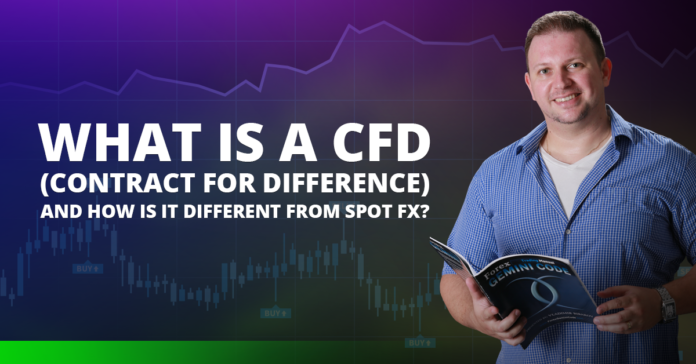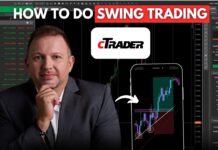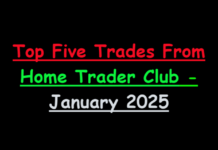
What is a CFD in Trading and Finance?
CFD or Contract For Difference is a trading instrument which as the name suggests creates a contract between two parties.
The CFD could be for stocks, indices, commodities or currencies. The two parties of the contract are basically speculating on the future price of the asset.
When trading CFDs you don’t have to actually own the asset. The buyer will release profits if the price evaluates and same applies for the seller, if the price falls.
CFDs are very flexible in terms of limitations as there are almost none. There are no restrictions on when exactly to create (open) the contract, when to close it, who should exit the contract first the buyer or the seller.
On top of that, Contracts For Difference are traded with leverage which is ideal for traders with smaller initial capital.
Spot Forex vs CFD
There are many similarities between Spot FX and FX CFDs however there are some key differences which you should take into account when deciding which way to go.
Similarities
We should probably start with saying that you can go long and short in both Spot FX and CFD FX. It is much more easier than shorting a stock for example.
The process of trade execution is more or less the same – OTC (over the counter) which means completely electronically, without a physical location.
Most brokers will allow transparent trading, in other words no hidden fees whatsoever. Usually you will be able to choose from two main types of costs: Spread or Commission.
Differences
Probably the key difference would be that CFDs offer a diversity of derivatives that you can choose from as opposed to Forex where only currencies are available.
You should also understand that CFD trends might emerge and change due to microeconomics simply because most of the time the product being traded might be influenced by smaller scale events.
On the other hand, the currency market is influenced by the macroeconomics. Why? Simple – when you are trading two currencies, you are betting that one would appreciate in value while the other one would depreciate.
However there are countries standing behind the two currencies that make the currency pair (AUDUSD for example where Australia and the USA would be involved).
Without going too deep into fundamental and technical analysis, we should just mention that global events and particularly events in the two given countries are likely to influence the direction of the price.
Here is an example:
If you are trading the local supermarket’s CFD stock, the price of the stock would be influence by the microeconomics – where the supermarket is located, is the neighborhood upper class or lower class (people can spend more or less), is there public transportation network going nearby, is there a parking lot etc…
If trading a currency pair, you want to know about Interest Rates, Fiscal policies and so on.
Which One Should you Trade?
Now that you know the main differences and similarities you should be able to choose for yourself. There is no right or wrong. It is apples and oranges. I personally try to take advantage of the best from both worlds. Especially nowadays when brokers offer CFDs on the same platform where you can trade spot fx.
Will my Forex Strategy Work on CFDs?
There is no reason why it wouldn’t.
As i just mentioned above, CFDs are offered on the same platforms and charting types.
Speaking from personal experience i can tell you that all my strategies (Triple B, Forex Libra Code, sRs Trend Rider etc) work on both. I trade oil, gold, indices, currencies… As long as the setup is correct and the risk:reward is on my side i would take the trade.
Don’t believe me? Please DON’T – there are so many scammers out there, that you should hardly believe what anyone is telling you in this business.
Always ask for proofs! And here is my proof – I developed the technology which will take a screenshot at the time of the entry and at the time of the closing of the trade along with all other details, like entry price etc… So by all means go ahead and check out the results:
Performance of all Strategies with screenshots of entry and exit – SEE HERE
If you have any questions, drop me a line in the comment section below or in the live chat (lower left corner).
If you like this article please share it!
Yours,
Vladimir


















Now, I have a better understanding for sure, thank you so much Vlad.
Awesome!, it is very simple and you made it clear.
Thanks Vlad for the very useful info.